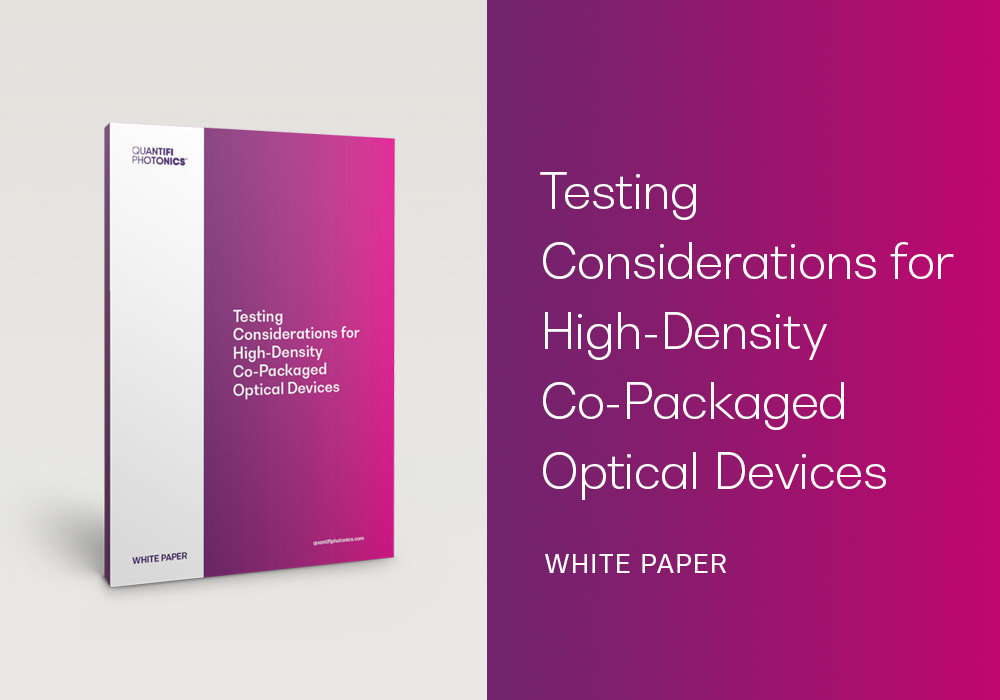The networking devices used in datacenter, machine learning, and artificial intelligence (AI) applications must communicate large amounts of data rapidly. As a result, bandwidth requirements for network switches have grown by more than 8,000 percent in just over a decade from 320Gb/s in 2010 to 25.6Tb/s in 2022, and are well on the way to needing to exceed 51.2 Tb/s.

Yet, achieving the high-channel counts required to meet these rapidly increasing bandwidth demands with the current approach of using pluggable modules that insert into the faceplate of the rack mount switch is quite challenging. This is because using this configuration at these high bandwidths leads to large energy losses since the electrical signals are run from just behind the front panel to the switch ASICs and this requires power-hungry signal processing to overcome channel impairments.
To address these challenges and eliminate data transmission bottlenecks, optical engineers are working to develop more efficient means of bringing the optical channels closer to the electrical devices. Known as a co-packaged optical device, this technology can increase bandwidth without greatly increasing energy consumption or transceiver footprint as the optics and electronics sit directly next to each other in a single packaged assembly. But as with any new technology, engineers not only need to work through the complexities of developing the actual devices, they also need to have the technology available to quickly test the functionality of these channel-dense devices.

While many organizations are collaborating to develop the necessary technology for making co-packaged optical technology a reality, there are current and future testing challenges for these devices that must be considered and overcome. To learn more about these testing challenges and potential viable solutions in the works, as well as the development of and uses for co-packaged optical devices, download our new white paper, Testing Considerations for High-Density Co-Packaged Optical Devices.
This paper covers the following topics:
- How multiple organizations are working to ensure interoperability and standardization of co-packaged optical devices as companies develop this technology
- Key applications that will greatly benefit from using co-packaged optical devices
- The work currently being done on the 3.2Tb/s Co-Packaged Optical Module Implementation Project
- The three big testing challenges that need to be solved concurrently with the development of co-packaged optical devices including the need to perform subassembly and assembly testing, developing parallel testing methods to enable parallel assembly, and ensuring optimal test instrument utilization by eliminating captive instruments during testing.
Never miss a post
Subscribe to our blog to stay up-to-date on our latest innovations in photonics test and measurement.




